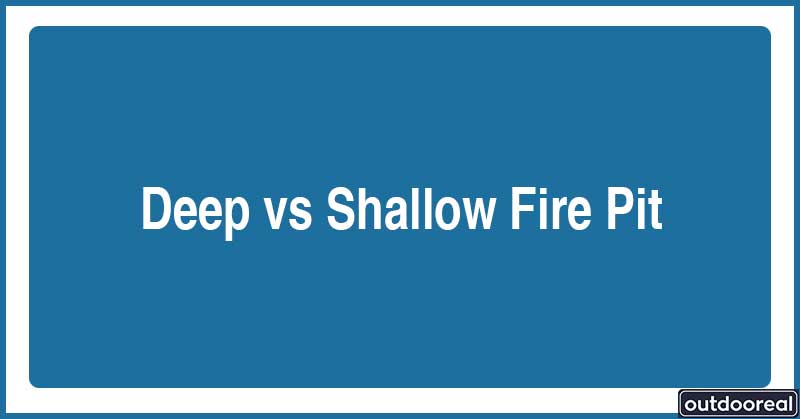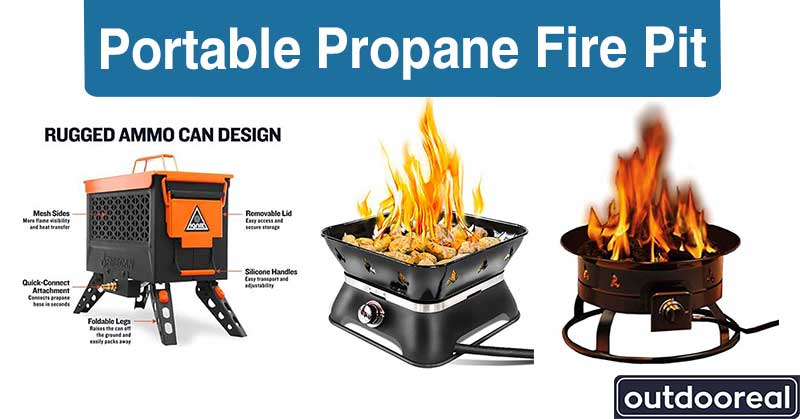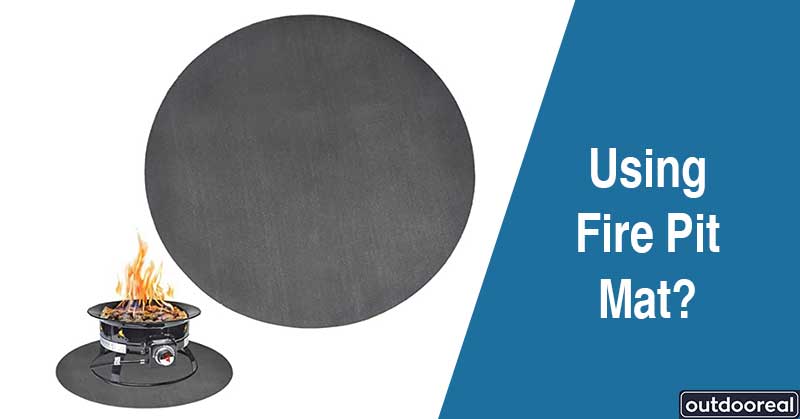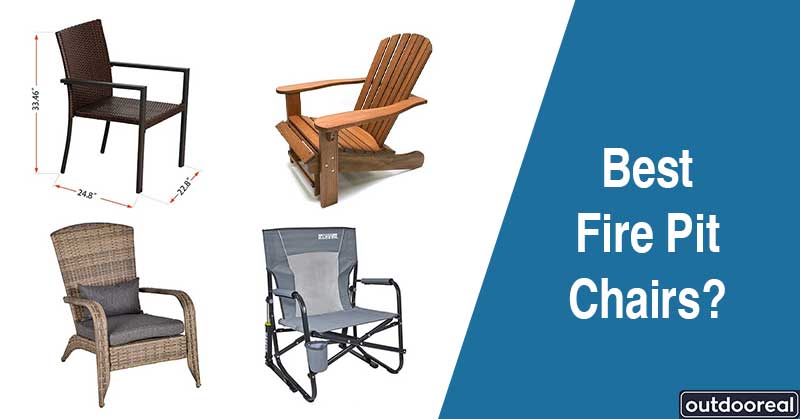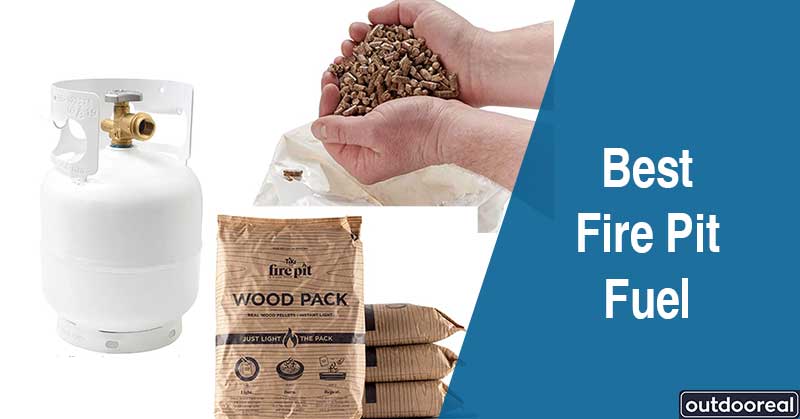A propane gas-type fire pit is the best considering safety and ease of usage. Although, for an authentic outdoor campfire experience with immense heat, an enclosed wooden fire pit is best, and if you want to enjoy a warm fire on deck, then a propane gas fire pit is the safest.
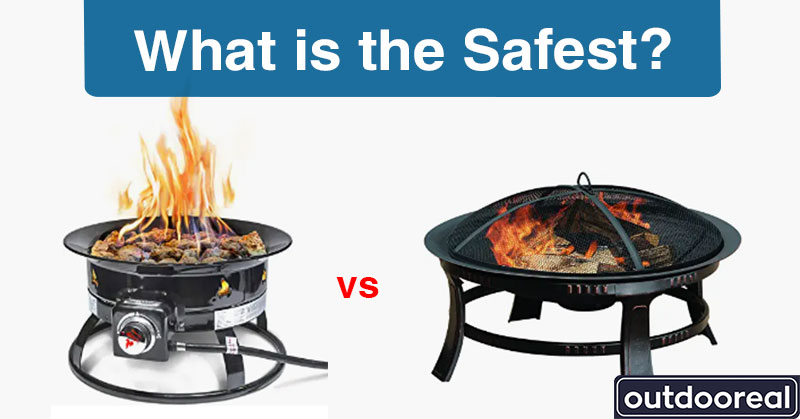
What Kind of Fire Pit is the Safest?
There are wood-burning, propane, gas, gel fuel, etc., types of fire pits, and the propane fire pit is the safest of all. The propane fire pit burns clean and produces little ash. In many cases, it does not produce embers or sparks, which is the cause of fire disasters. Also, the temperature can be controlled in a propane fire pit.
What is the Safest Material for Fire Pits?
Fire pits can be made of stone, brick, steel, cast iron, etc. However, fire brick is the safest material for the inner wall of a fixed fire pit, as it will make it fireproof, and the outer wall will still be heat resistant. Regular brick, heat-resistant outdoor stucco, or concrete pavers can be used for the exterior wall. Also, cast iron is best for the portable type of fire pits. Cast iron fire pit is famous for heat retaining properties and durability. Cast iron is thicker and light; it takes a little longer to heat up than steel. It creates a lot of heat in both propane and wood-burning fire pit.
Which is Safer, Wood or Propane Fire Pit?
A propane fire pit is undoubtedly safer than a wood or fire pit. A propane fire pit burns clean, and its fire can be controlled; also, it doesn’t produce embers or sparks like a wood-burning fire pit. Its interior is usually built of fireproof materials, such as lava rock or stone, ceramic, fire pit glass, etc., which ensures the fire is burnt only in the specified area. A wood-burning fire pit is considered safe when used with a smoke screen; however, it still produces ash and smoke.
In the case of a propane fire pit, the gas pipe leakage may cause any unpredicted disaster, which must be checked thoroughly. Also, a fire hazard caused by gas leakage tends to be more significant and less controllable. However, a wood-burning fire pit can also cause accidents and can’t be used indoors. Propane fire pits are eco-friendly and energy efficient. Many people choose them because of the ease of use and smokeless feature.
|
Topic |
Propane fire pit |
Wood burning fire pit |
|
Safety |
Safest of all types of fire pits. |
Safe when used with a smoke screen and can not be used indoors. |
Are backyard fire pits safe?
Yes, backyard fire pits are safer than indoor or decking fire pits. However, maintaining safety regulations, for example, a 20 feet distance, cleaning around the patio, and keeping fire extinguishers, water, and sand nearby, is a significant step to prevent any unpredicted accident.
Are smokeless fire pits safer?
Smokeless fire pits are safer because it doesn’t create smoke or ash like other fire pits. Instead, they use a secondary type combustion system. Smoke-free fire pits work by captivating the smoke in a twin-layer structure, then burning it again so that the fire pit produces lesser smoke. Smoke is very harmful to health and often creates poisonous gas like carbon monoxide, which can generate suffocation and lung problems. However, on the other hand, they are a piece of cake to light up, and the fire disaster rate is less. So, considering all aspects, a smokeless fire pit is safer.
When a Fire Pit Explodes?
A fire pit will explode when the wrong material is used. The main reason is water trapping. For example, concrete blocks, river rocks, and pea gravels often contain water. And when the fire pit is heated up, and water is trapped inside, the fire pit will explode.
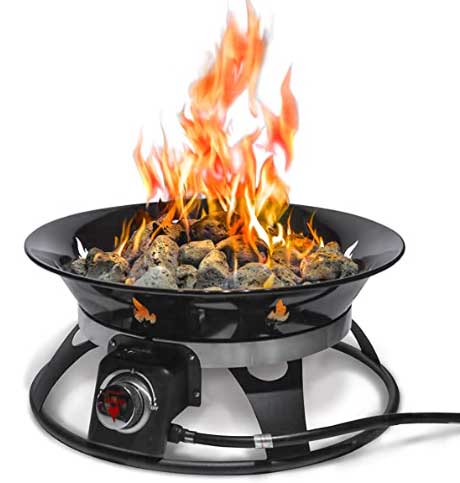
How Do I Make Sure that the Fire Pit is Safe?
Here are some tips to keep your fire pit safe:
- Make sure concrete block or river rock is not used in your DIY fire pit or any fire pit.
- Check the gas line if it is a propane or gas fire pit
- Check the wind and sudden gusts
- Make sure to place the fire pit by maintaining minimum safety distance clearance (21 feet) from any structure wall or flammable substances
- Burn dry woods; never burn any lumber, trash, etc.
- Put fire extinguishers, sand, water, etc.
- Use a smoke screen if you are using a wood-burning fire pit
- Ensure proper ventilation if you use a fire pit under a pergola, gazebo, or indoors.
- Never leave a fire unattended.
- Put any overhanging tree branches or furniture away
- Make sure children are not alone in front of a fire pit.
Final Verdict:
No fire pit is 100% fire disaster proof, however, maintaining safety requirements can help enjoy a fire pit without fear of accidents. The propane fire pit comes in both portable and fixed formats and can be used indoors and outdoors. However, wood-burning fire pits are not recommended to operate under a pergola, gazebo, or indoors.

